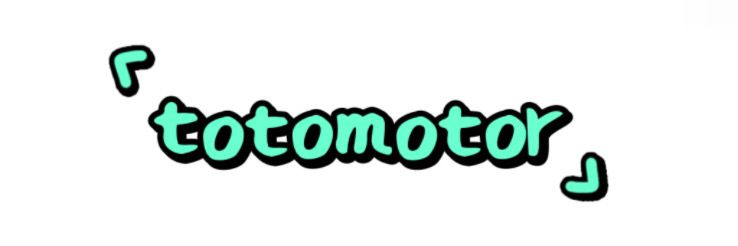Key Factors in Choosing a Spinning Production Line
Key Factors in Choosing a Spinning Production Line
When investing in a spinning production line, understanding the key factors that influence your decision can significantly affect your manufacturing capabilities, product quality, and overall profitability. This guide highlights essential considerations to ensure you choose the most suitable spinning production line for your needs.
If you are looking for more details, kindly visit Spinning Production Line.
Types of Spinning Processes
Before selecting a spinning production line, it's crucial to identify the type of spinning process that aligns with your production goals. Common types include:
- Ring Spinning: Known for producing high-quality yarn; ideal for cotton and similar fibers.
- Open-End Spinning: Offers faster production and lower costs but may sacrifice some quality.
- Air Jet Spinning: Generates finer yarns and is efficient for synthetic fibers.
- Friction Spinning: Utilizes a unique mechanism and is excellent for producing specialty yarns.
Production Capacity and Speed
Evaluating the production capacity of a spinning production line is vital. Consider the following factors:
- Daily Output: Assess how much yarn you need to produce daily.
- Machine Speed: The spinning speed (RPM) directly influences productivity.
- Flexibility: Choose a line that can handle various fiber types and yarn counts.
Technology and Automation
The level of technology and automation in a spinning production line can greatly impact efficiency:
- Smart Technology: Look for lines equipped with IoT capabilities for real-time monitoring and data analysis.
- Automated Processes: Automated bobbin changing or material handling can reduce labor costs and minimize downtime.
Energy Efficiency
Energy consumption is a critical consideration for long-term profitability:
Featured content:Key Considerations When Purchasing Medical Non Woven Fabric
- Energy Saving Features: Choose machines with energy-efficient motors and drives.
- Sustainability: Opt for production lines that minimize waste and enhance resource utilization.
Quality Control Features
10 Essential Tips for Using a Fabric Pleating Machine Effectively
Maintaining yarn quality should be a top priority. Pay attention to these features:
- Built-in Quality Detection: Lines with integrated monitoring systems can detect defects early.
- Adjustable Settings: The ability to fine-tune spinning tension and twist can help maintain consistency.
Maintenance and Support
Reliable support and maintenance are essential for uptime and performance:
- Manufacturer Reputation: Research the manufacturer’s reputation for customer service.
- Availability of Spare Parts: Ensure that parts are readily available for timely repairs.
Cost Considerations
The initial investment and total cost of ownership should factor into your decision:
- Upfront Costs: Compare prices along with included features and warranties.
- Operating Expenses: Consider maintenance, labor, and energy costs over time.
Common Problems and Solutions
While selecting and operating a spinning production line, several issues may arise. Here are practical solutions:
Problem: High Energy Consumption
- Solution: Opt for upgraded machinery with energy-efficient components to reduce power usage.
Problem: Difficulty in Quality Maintenance
- Solution: Invest in lines with advanced monitoring systems that provide real-time data on yarn quality.
Problem: Downtime Due to Maintenance
- Solution: Choose machines known for their reliability and ease of maintenance or establish a regular maintenance schedule.
Practical Suggestions for Choosing a Spinning Production Line
- Conduct Market Research: Investigate different models, manufacturers, and technologies.
- Seek Expert Consultation: Contact industry experts or consultants to gain insights tailored to your operational needs.
- Attend Technology Exhibitions: Experience machinery demonstrations and speak directly to manufacturers.
- Consider Long-Term Goals: Assess how your chosen line fits into your future business strategy, including potential expansions.
Conclusion
Choosing the right spinning production line is instrumental in achieving operational efficiency and premium yarn quality. By considering the outlined factors—spinning processes, production capacity, technology, energy efficiency, and quality control—you can ensure a successful investment. Take the time to evaluate your options carefully and implement practical solutions to optimize your spinning operations. Start your journey towards enhanced production capabilities today; your future success depends on it!
Are you interested in learning more about Textile Machinery Supplier? Contact us today to secure an expert consultation!
- 0


